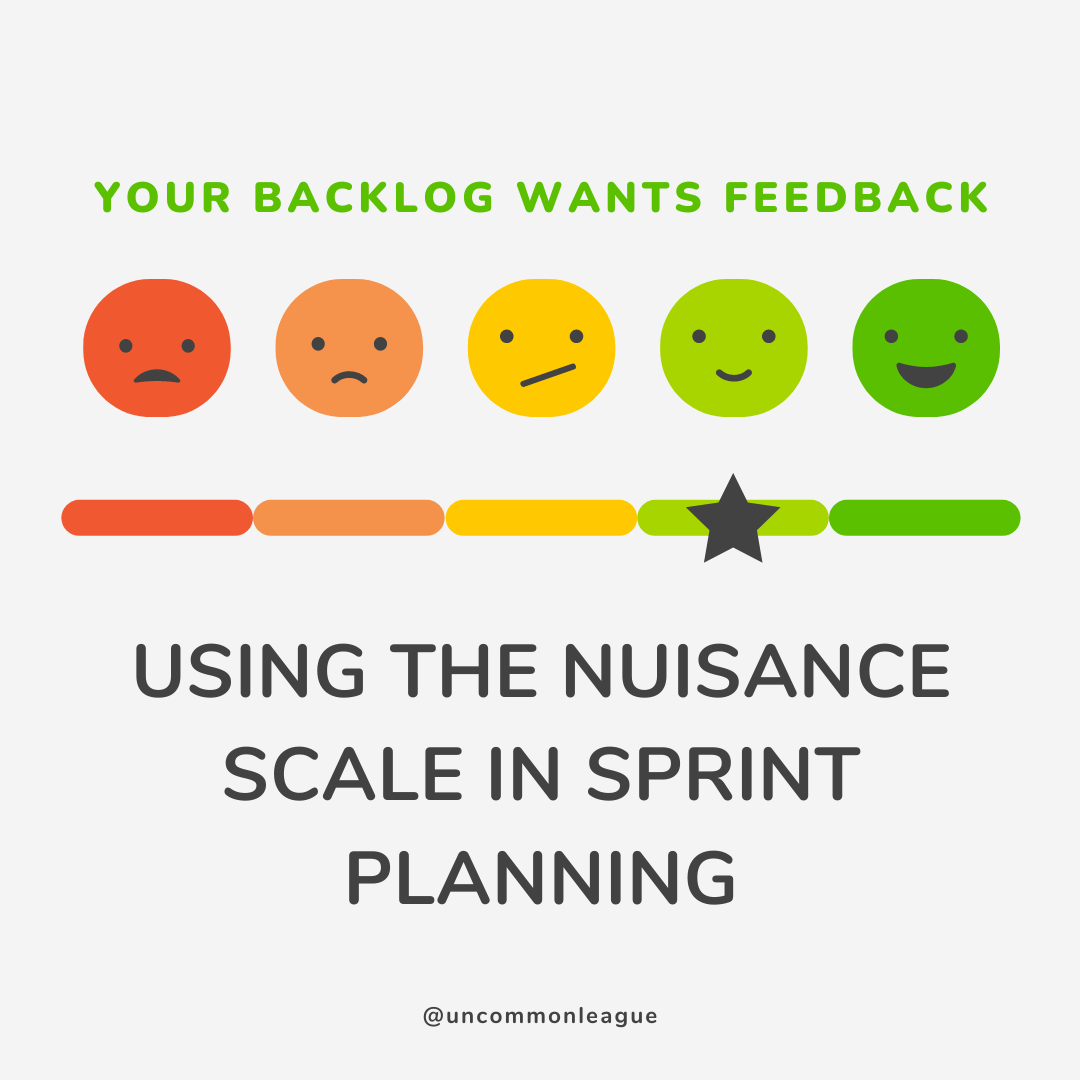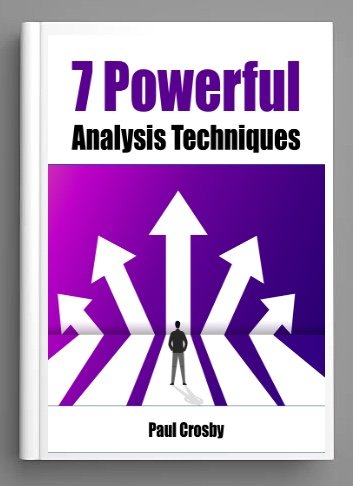Leveraging the Nuisance Scale for Effective Sprint Planning: A Strategic Approach for Business Analysts and Product Owners
In the Agile framework, sprint planning is a critical event where the course for the upcoming sprint is set. It's a collaborative effort that requires careful consideration of what backlog items should be prioritized for development to maximize value delivery. Business Analysts (BAs) and Product Owners (POs) are instrumental in guiding this process, employing various business analysis techniques to ensure that the team's efforts are aligned with user needs and project goals. One innovative approach to enhance this process is the application of the Nuisance Scale technique. This article explores how BAs and POs can utilize the Nuisance Scale in sprint planning to achieve better project outcomes, contributing to both systems analysis and agile development.
The Nuisance Scale: A Primer
The Nuisance Scale is a prioritization framework that evaluates backlog items based on the level of inconvenience or disruption they cause if not addressed. Items are rated on a scale ranging from minor nuisances, which have negligible impact, to major nuisances, which significantly affect user experience or system functionality. By quantifying the 'nuisance level,' this technique provides a unique lens through which to view backlog items, focusing on mitigating negative impacts.
Applying the Nuisance Scale in Sprint Planning
1. Nuisance Assessment: The first step involves assessing each potential backlog item for the upcoming sprint against the Nuisance Scale. BAs and POs, in collaboration with the team and stakeholders, identify how each item impacts users or the system. This assessment considers factors such as user complaints, system inefficiencies, or the complexity of existing workarounds.
2. Categorization and Prioritization: Based on the nuisance assessment, items are categorized from minor to major nuisances. Those classified as major nuisances are prioritized for inclusion in the sprint, as resolving these items is likely to have a significant positive impact on the project outcomes.
3. Balancing the Sprint Load: While prioritizing high-nuisance items, it's essential to balance the sprint load considering the team's capacity and the effort required to address each item. This balance ensures that the team commits to a feasible workload that addresses critical nuisances without compromising quality or team well-being.
4. Stakeholder Communication: The findings from the nuisance assessment and the rationale for item prioritization should be communicated clearly to stakeholders. This transparency helps manage expectations and secures buy-in by demonstrating a commitment to addressing the most pressing issues.
Benefits of Utilizing the Nuisance Scale in Sprint Planning
- Enhanced User Satisfaction: By focusing on resolving major nuisances, the development team can significantly improve the user experience, leading to higher satisfaction and engagement.
- Increased System Reliability: Addressing items that are nuisances to system performance or stability can enhance the overall reliability and efficiency of the system, contributing to better project outcomes.
- Informed Decision-Making: The Nuisance Scale offers an objective framework for evaluating backlog items, supporting more informed and strategic decision-making in sprint planning.
- Improved Stakeholder Alignment: Utilizing the Nuisance Scale helps align the development team's efforts with stakeholder expectations, ensuring that sprint goals reflect the resolution of critical issues.
Planning with Nuisance
For Business Analysts and Product Owners, the Nuisance Scale technique offers a valuable method for refining sprint planning processes. By assessing and prioritizing backlog items based on their level of nuisance, BAs and POs can guide their teams to focus on work that significantly impacts user experience and system performance. This strategic approach not only aligns development efforts with key project objectives but also fosters an environment where team resources are deployed effectively to tackle the most pressing issues. Incorporating the Nuisance Scale into sprint planning can thus lead to enhanced project outcomes, marked by improved user satisfaction, system reliability, and overall project success in both Agile and traditional development frameworks.
Master the art of making complexity simple with our cutting-edge Business Analysis Techniques course! Whether you're navigating the dynamic rapids of Agile or steering through the structured currents of Waterfall, this course arms you with a toolbox of innovative strategies to craft collaborative and effective solutions. Dive in and transform the way you analyze, one innovative technique at a time – because in the world of business analysis, being effective isn't just an option, it's your superpower!
Ready to up your business analyst game? Let’s explore 7 powerful techniques that are shifting the business analysis landscape with expert insight from business analysis pros.
7 Powerful Analysis Techniques Book
Amazon Kindle $9.99
Uncommon Book of Analysis Techniques Book
PDF Download $75.00



